Now that we’re firmly in the 2020s, fresh air is more crucial than ever for restaurants and bars. That means getting a commercial air purifier and the best commercial HVAC filters for your needs are excellent investments.
As businesses are allowed to reopen, and as the weather starts to get colder, people will need to feel safe and comfortable eating indoors. After all, we can’t have outdoor dining in the winter.
But, according to the scientific community, air conditioners can potentially spread virus particles far and wide. Even if people are social distancing, those airborne contaminants can get transported from one table to another.
The same will happen with heaters as we move into the fall and winter months. Remember, a typical HVAC system, whether forced-air or mini split, doesn’t introduce fresh air into the building. They mostly treat and recirculate the air that’s already inside.
Without pumping fresh air in, you want to provide your customers and staff with the cleanest air possible. Fortunately, there are air purifiers that you can attach to your HVAC system to provide a literal breath of fresh air.
Right now, these seem like the best bet to keep the air clean and people sage.
In this article, we’ll break down how an air purifier works. Then, we’ll explain the three most common and effective ways they eradicate tiny pollutants, including viruses.
In the meantime, if you have questions about improving the indoor air quality for your business in Kuna, Eagle, Meridian, or Boise, ID, call, or email us at Snowflake Air.
Passive vs. Active Air Purification
There are essentially two steps to air purification: passive and active. Your HVAC system already handles some passive work, but generally not enough to prevent the spread of viruses. However, air purifiers that attach to your HVAC system can do both.
Your HVAC filter is an example of passive air purification — it traps particles as air passes through it.
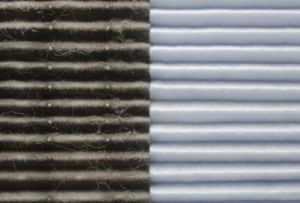
We’re talking about the typical one-inch screen in light commercial and residential systems. That’s good for dust and dirt, but it won’t catch smaller particles, including bacteria and viruses.
But, the filter in an air purifier is much stronger and can trap particles much smaller than those one-inch models. If you put one of these on your HVAC system, the pressure would drop enough so that you wouldn’t get enough airflow.
Then, with active air purification, the system will neutralize and eliminate many minuscule, harmful particles. If you are looking to get rid of viruses and bacteria, active is the way to go.
Air Purification Systems That Neutralize Viruses
Depending on the style of air purifier you get that connects to your HVAC system, it most likely will use one of three methods to eliminate bacteria, viruses, and other airborne pollutants:
- Bipolar Ionization (BPI)
- Ultraviolet Light (UV Light)
- Far UV or UV-C Light
Let’s look closer at these.
Bipolar Ionization (BPI)
Bipolar ionization, or BPI, purifies the air by attacking viruses and other contaminants in the room. When they attach to them, they scramble the DNA and RNA of those particles. That way, they can’t reproduce, and at that point, they’re harmless and essentially dead.
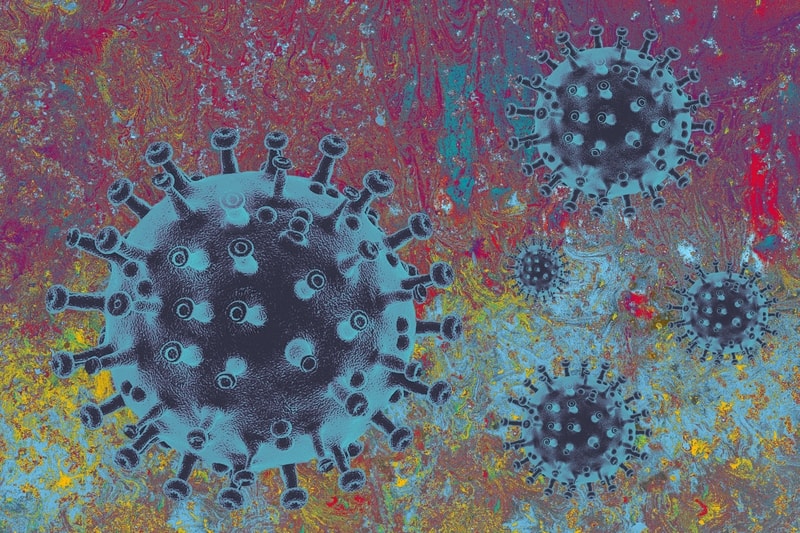
The purifier sends a charge of ionized molecules throughout the space they are treating. Those charged molecules then attach to microorganisms. This neutralizes them, and they drop to the ground instead of circulating in the air that people are breathing.
And, they purify the whole room. If you choose UV or UV-C, which we will explain in the next section, they will only treat where the light reaches. That misses crucial spots like the bottom of a doorknob.
An additional benefit is that people the air even smells cleaner—a great way to give your staff and customers peace of mind.
However, the downsides are that the science isn’t entirely back yet on exactly how effective these are. And some BPI purifiers have been known to produce ozone, which can lead to coughing, shortness of breath, and other symptoms.
Ultraviolet Light (UV Light)
Many air purifying systems use UVGI or Ultraviolet Germicidal Irradiation. A steady stream of UV light attacks bacteria, viruses, and other particles. It jumbles the DNA or RNA of the microorganisms and renders them unable to replicate.
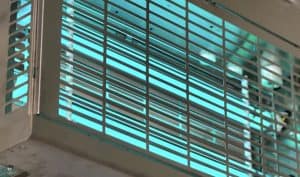
UV light is found in sunlight, and it’s what causes you to get a tan due as it reaches beneath your skin and affects your cells. That same effect scrambles the DNA and RNA of viruses. And, it’s how purifiers use this light to eradicate those pathogens.
The UVGI method has been the most popular method for years. However, there is one downside: you can’t also expose people to it. Too much UV exposure can cause skin cancer and cataracts.
So, systems that utilize UVGI shine the light near the filter inside the machine where you can’t see it. Anything that gets trapped or that passes through gets blasted. Or, as in a hospital, staff members leave a room when sanitizing it.
Far UV or UV-C Light
Related to UV light is UV-C light, or Far UV. According to Columbia University professor of radiation biophysics David Brenner, it may very well be a “game-changer” when it comes to the coronavirus.
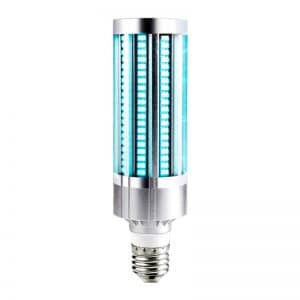
UV-C light only affects microorganisms. It cannot harm us by passing through our skin or tearing layers of our eyes. But, it has the same damaging effect on viruses and bacteria that UV light can do.
So we can use UV-C when people are around. You won’t have to clear a room or wait until after hours to sanitize. You don’t even have to wait for germ particles to get trapped in the filter. If the light is on, it’s doing the work.
The technology is still new, but already, there are smaller products on the market using it. ![]()
Which Air Purifier is Best for Boise, ID Bars and Restaurants?
With so many choices and different factors in any building, we can’t make a blanket recommendation. However, we here at Snowflake Air can say that, overwhelmingly, we’ve had great success in residences and businesses with the Air Scrubber by Aerus paired with an AprilAire high-efficiency filter.
The AirScrubber uses both UV light and an oxidation process — basically, the BPI technology we went over. But, it does all of it inside the mechanism, which attaches to your ductwork.
While this system has not yet been specifically tested on the coronavirus, but it has proven to kill up to 99 percent of pollutants in the air. Included in that are all RNA viruses, which is the same classification as the coronavirus.
Air Filters
While this article focuses mainly on purification, it’s important to remember that air filters are an essential part of your HVAC system.
Not only do they keep your heater and AC in good working order. They can also help eliminate dust, pollen, and other nasty microorganisms and molecules. Our worry-free filter program for Boise, ID businesses and homeowners makes it easy to stay up-to-date with clean filters each month.
Indoor Air Quality Assessment and Installations in Boise, ID
You can call or email us here at Snowflake Air any time to set up a consultation. We’ll help you evaluate the air quality needs in your bar, restaurant, or indoor commercial space. And we’ll help match you with the perfect air purification system for your needs.




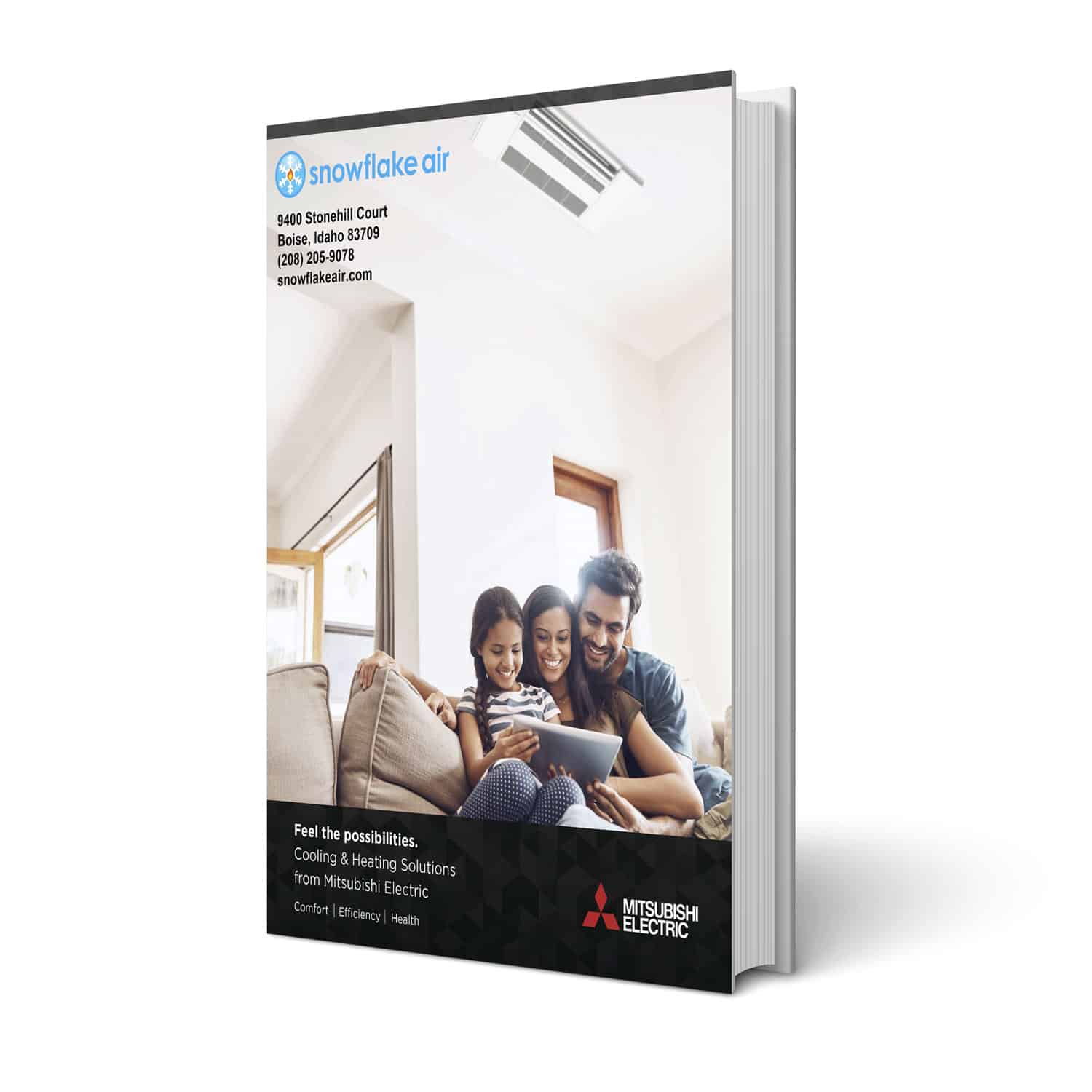
Trackbacks/Pingbacks